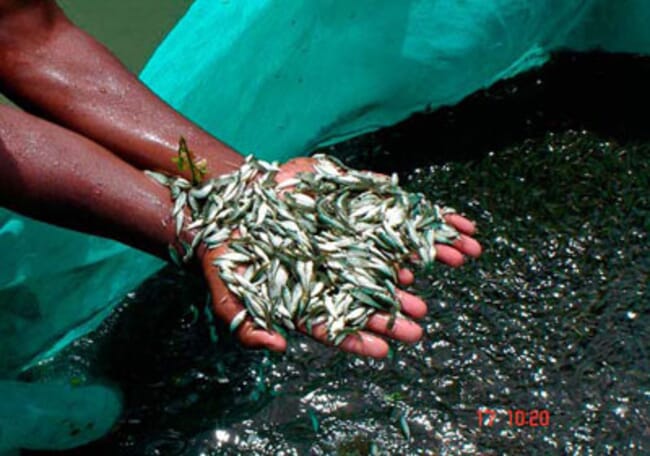The researchers found that the quality and quantity of the Indian major carp (Catla catla) offspring varies, depending on whether the broodstock have been induced once or twice in a year.

A team of scientists split between Tokyo University of Marine Science and Technology and Khulna University, Bangladesh, sought to address what types of benefit can be brought about by multiple induced spawnings in catla and whether there any trade‐offs between traits.
In the process the researchers conducted two separate experiments during two spawning events of an to assess the male's spawning performances and the female's spawning performances respectively.
The male's spawning data revealed that they produced significantly higher amount of milt and hatchlings during the first spawning, while they significantly reduced hatchling deformation rate, enhanced offspring survival rate and enlarged offspring body size during the second spawning.
The female's spawning information unveiled no significant differences in total egg weight, hatching rate and hatchling deformation rate between the first and second spawning. However, females had significantly higher offspring survival rate during the first spawning and enhanced offspring body size during the second spawning.
One of the researchers’ key conclusions was that “the analysis of trait associations revealed that males allocated energy with a trade‐off between milt weight and offspring survival rate, whereas females showed a trade‐off between hatching rate and offspring survival rate”.
As a result, they add: “the study provides some important information for carp breeders and associated stakeholders to know which spawning season is preferable for the higher production of eggs, milt and good quality larvae”.
The abstract of the article, which was published under the title 'Annually twice induced spawnings provide multiple benefits: Experimental evidence from an Indian major carp (Catla catla, Hamilton 1822)' in the latest issue of Aquaculture Research, can be accessed here.


